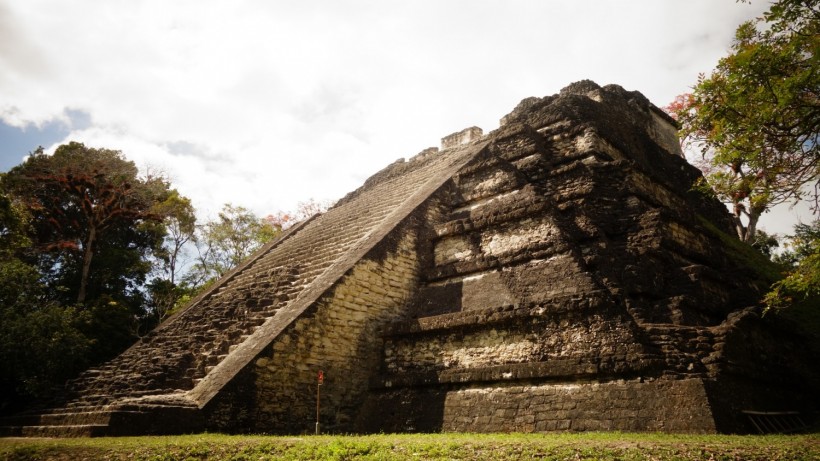Toxic concentrations of a contaminant often connected with the byproducts of the modern industry have been found in ancient Maya cities, according to researchers.
As reported first by ScienceAlert, Maya tribes may have been mercury-dosing the soil of their urban centers long before conquistadors set foot on their lands. The areas have high levels of mercury that researchers were encouraged to protect their health.

Mercury in Ancient Maya
According to Duncan Cook, a geoarchaeologist at the Australian Catholic University and the study's principal author, mercury pollution in the environment is typically seen in modern metropolitan settings and industrial landscapes.
Hence, discovering them in ancient sites paves interesting inquiries into the history of the Maya.
Cook examined data sets that included environmental measurements of mercury levels that were gathered from 10 Classic Period Maya excavation sites and their surroundings with a team of researchers from the US and the UK.
Mercury-containing chemicals have been used in industry for a good portion of history. One of the most well-known ones is mercuric nitrate, which was believed to poison the neurological systems of the 19th-century workers who used it to stiffen felt for hats.
Read also: Archaeologists Discover the Earliest Use of Opium Dating Back to 14th Century BC
Red Cinnabar
The crystal mercury sulfide, often known as cinnabar, is also another mineral that has been exploited as a source of mercury throughout history.
Geoarchaeologist Nicholas Dunning of the University of Cincinnati explained that the Maya believed that some items could hold the soul-force, known as ch'ulel, which was found in the blood.
Hence, the red cinnabar pigment was a priceless and precious substance, but it was also lethal, and its effects may still be seen in the soil and sediments near historic Maya sites, according to Dunning.
However, the limestone on which the ancient Maya infrastructure was erected does not offer the type of geology conducive to the manufacturing of cinnabar.
In fact, according to archeological research, cinnabar was mined in Central America between the second and first millennia BCE, when the Olmec society was at its height.
Around the third century CE, the Maya began erecting monuments to their gods. Cinnabar was already widely used, mostly in powdered form to color ornaments or even in burials.
The Maya city of Tikal's last monarch, Dark Sun, was noticeably fat, which may have been a sign of a metabolic disorder brought on by mercury poisoning, as per ScienceAlert.
The study's authors stress the necessity for current archaeologists to take safety precautions as they pore through the complex history of Maya culture.
According to Tim Beach, a geoarchaeologist from the University of Texas, "this result is yet more evidence that just like we live today in the Anthropocene, there also was a 'Maya anthropocene' or 'Mayacene'."
"Metal contamination seems to have been an effect of human activity through history."
Related Article: Oxford Archaeologists Discover Over 300 Ancient Hunting Sites from 8000 BCE in the Arabian Desert
This article is owned by Tech Times
Written by Joaquin Victor Tacla








